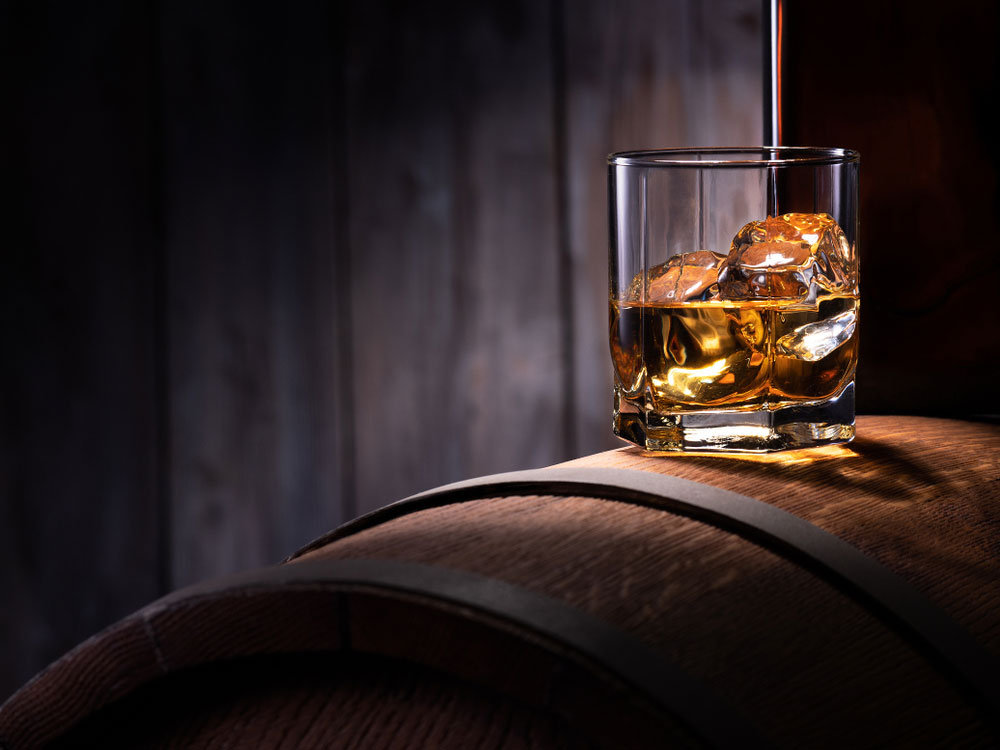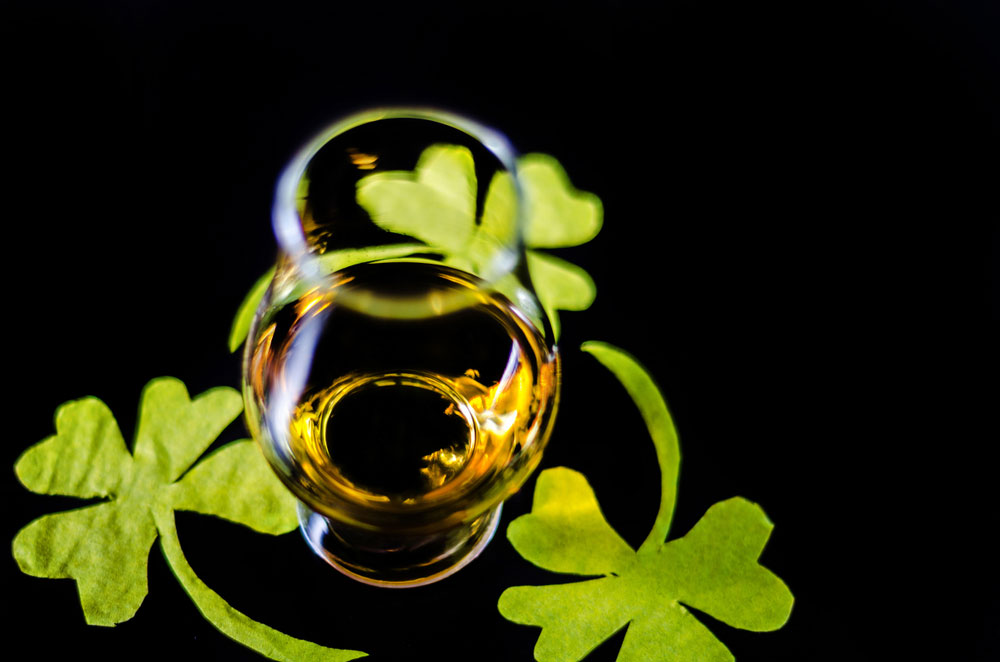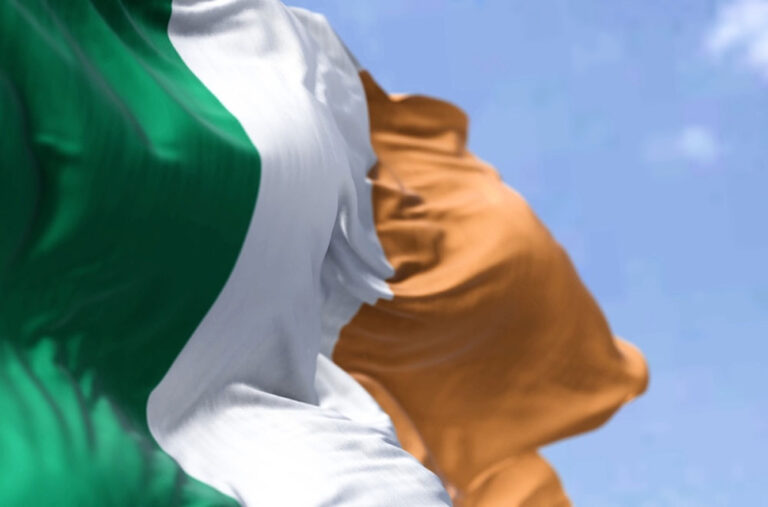The History of Irish Whiskey
Irish whiskey has a long and illustrious history, making it one of the world’s oldest and most renowned drinks. Its origins can be traced back to the 12th century, when Irish monks brought the art of distillation to Ireland. These early distillers exploited their skills to create uisce beatha, a strong elixir known as the “water of life.”
The monastic distilleries flourished, and their distilling expertise extended throughout Ireland. By the 18th and 19th centuries, Irish whiskey had become the most popular liquor in the world. The Emerald Isle was home to hundreds of distilleries, which produced massive amounts of whiskey to suit the expanding demand.
During this golden age, Irish whiskey gained a reputation for its extraordinary purity and smoothness. Distillers took care in their work, employing traditional processes and copper pot stills to create a spirit that was uniquely Irish. The whiskey was notable for its triple distillation, which required running the spirit through the stills three times, resulting in a lighter, smoother flavour than other whiskey varieties.
However, the Irish whiskey business faced a number of obstacles during the nineteenth and early twentieth century. Political turbulence, economic turmoil, and the onset of Prohibition in the United States all contributed to a dramatic decrease in Irish whiskey production. Many distilleries were forced to close their doors, and the sector struggled to recover.
Fortunately, Irish whiskey has seen a spectacular revival in recent decades. With the commitment and passion of a new generation of distillers, historic distilleries have been revitalized and new ones have sprouted up around the country. This rebirth has been fueled by a commitment to conventional manufacturing processes, innovation, and an unyielding focus on quality.
The revival of Irish whiskey has not gone unnoticed. Today, Irish whiskey is acclaimed around the world for its artistry, smoothness, and distinct taste. It has a devoted following among whiskey fans and has received numerous honors and acclaim for its remarkable quality.
Irish whiskey is notable for its vast range of tastes and flavors. There is an Irish whiskey to suit every palette, from smooth and light blends to rich and deep single malts. The smoothness of the whiskey is frequently characterized by the triple distillation process, as well as its gentle sweetness and overtones of fruit, vanilla, and spice.
The revival of Irish whiskey has not only boosted the country’s economy, but it has also restored pride in Ireland’s distilling legacy. Distilleries have become tourist destinations, with visitors able to learn about the history, production procedures, and tasting notes of Irish whiskey.
Finally, the history of Irish whiskey demonstrates the resilience, craftsmanship, and enthusiasm of the Irish people. From its humble beginnings with the monks to its emergence as a global sensation, Irish whiskey has faced hurdles and welcomed innovation to reclaim its proper place in the world of spirits. Raise a glass to Irish whiskey’s rich past and potential future, and appreciate the smoothness and distinct character that have made it a perennial favorite among whiskey enthusiasts worldwide.
The Production Process
The manufacturing of Irish whiskey is a careful and artistic endeavor that combines old processes with new approaches. To be classed as Irish whiskey, certain legal standards must be met, including being distilled and matured on the island of Ireland.
The journey of Irish whiskey begins with malting, a procedure in which barley is immersed in water and allowed to germinate. The germinated barley is subsequently dried in a kiln, which stops the germination process and gives tastes to the grain. This malted barley is meticulously ground into a coarse powder known as grist.
In a big vessel known as a mash tun, hot water is next added to the grist. Water removes the sugars from the barley during this process, resulting in wort, a delicious liquid. The wort is moved to fermenting tanks known as washbacks.
During fermentation, yeast is injected into the washbacks, causing the sugars to be converted into alcohol. The yeast consumes the carbohydrates, generating alcohol and emitting carbon dioxide. This fermentation process usually takes two to three days and produces a liquid known as wash.
The wash is now ready for distillation. Irish whiskey can be distilled using either pot stills or column stills, or a combination of the two. Pot stills, which are generally made of copper, are famed for generating a rich, flavored spirit with depth and complexity. Column stills, on the other hand, allow for continuous distillation, resulting in a lighter and more neutral spirit.
When the distillation process is finished, the resulting spirit, known as fresh whiskey, is ready for aging. Maturation is an important stage in which the whiskey is aged in oak barrels for at least three years, however many Irish whiskeys are aged for longer durations. During this time, the whiskey develops its distinct character as it interacts with the oak, extracting tastes, colors, and scents.
The climate in Ireland has a considerable impact on the maturation process. The moderate temperatures and considerable humidity aid in the maturation of the whiskey, allowing it to mature gently and beautifully. The wood breathes, expanding and shrinking with the seasons, which increases the whiskey’s relationship with the oak and adds complexity.
During the aging process, the whiskey undergoes modest changes, absorbing characteristics from the wood such as vanilla, spice, and caramel. The interaction with the wood also provides a natural golden tint to the whiskey, adding to its visual appeal.
After the desired maturing period, the whiskey is carefully selected, mixed, and occasionally finished in multiple barrel types to achieve distinct flavor profiles. Master blenders and distillers precisely construct the final product, ensuring consistency and excellence.
Finally, the production process of Irish whiskey is a harmonious blend of history and innovation. From malting and fermentation through distillation and ageing, each step is methodically executed to create a spirit that exemplifies the rich tradition and distinct flavour of Irish whiskey. The painstaking craftsmanship and attention to detail result in a range of Irish whiskeys that captivate the senses and satisfy whiskey fans all around the world.

Tasting Notes and Flavor Profiles
Irish whiskey comes in a variety of flavors and styles to appeal to a wide range of palates and preferences. While each brand and expression has its own distinct qualities, there are some general tasting notes associated with Irish whiskey.
Irish whiskey is known for its smoothness, which is typically linked to the triple distillation method used in Ireland. In comparison to other whiskey varieties, this results in a lighter and more approachable spirit. The flavor profiles range from delicate and floral to rich and complex, with a myriad of enticing flavors to discover.
Honey is a common flavor found in many Irish whiskeys, adding a natural sweetness that caresses the taste. It serves as a delectable foundation and blends well with other flavors. Vanilla is another common ingredient, bringing a creamy and pleasant touch to the whiskey’s flavor. It adds a velvety smoothness to the spirit, improving its overall appeal.
The orchard fruits inherent in Irish whiskey impart a lovely freshness. These fruity aromas, which range from crisp apples to luscious pears, add a vivacious and dynamic aspect to the spirit. Citrus flavors are also common, infusing the whiskey with a zesty and energizing touch. These bright flavors add a refreshing accent to the overall flavor character.
Caramel, with its rich and decadent sweetness, is a common note in Irish whiskey. It has a creamy and silky texture that creates a delightful sensation on the palate. The delicate presence of spice adds depth and complexity, with overtones of cinnamon, nutmeg, and clove producing a gentle warmth that complements the whiskey’s overall character.
When tasting Irish whiskey, pay attention to the scents that drift from the glass. Observe the delicate dance of fragrances ranging from floral and fruity to toasted and oaky. Take a moment to observe the whiskey’s color, which can range from a faint golden hue to a deep amber, providing visual signals to its maturing process and flavor depth.
Allow the whiskey to wrap your palate as you sip, discovering the layers of flavors that emerge. Take note of the smooth and velvety texture as it glides across your tongue, revealing a tapestry of flavor. Each sip conveys a story, with the whiskey’s richness gradually unfolding, enabling you to savor and appreciate its intricacies.
Finally, the tasting experience of Irish whiskey is a thrilling voyage through a tapestry of flavors. From the smoothness of triple distillation to the lovely flavors of honey, vanilla, orchard fruits, citrus, caramel, and subtle spice, Irish whiskey delivers a broad and rewarding pallet of sensations. Raise your glass, immerse yourself in the fascinating world of Irish whiskey, and revel in the intricate symphony of flavors that has made it a cherished drink worldwide.







